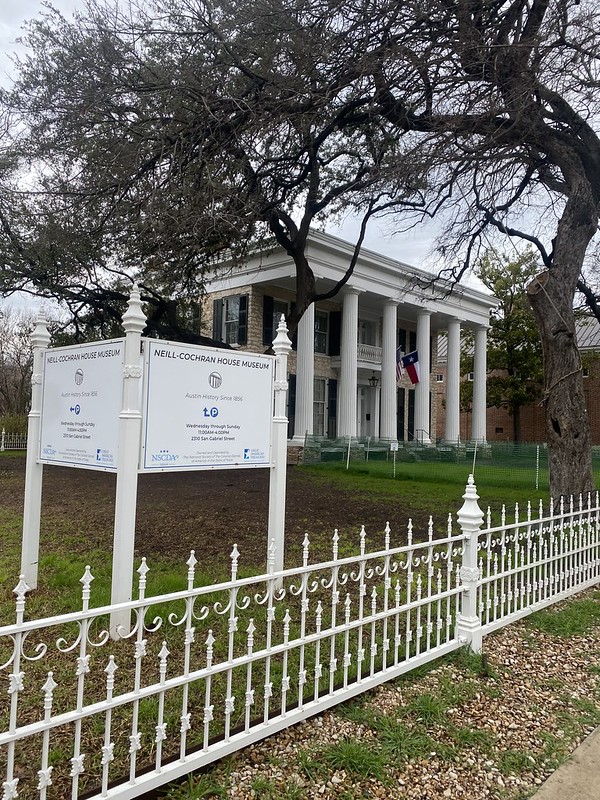AARP Hearing Center
In the United States, February marks Black History Month, an annual observance that sheds light on African American contributions and struggles that helped shape our nation throughout history.

AARP Texas proudly supports the idea of "We thrive together!" in which we celebrate our uniqueness and rich history to educate others, so we all are more connected. This is the perfect time to educate yourself on African American culture to fully understand and appreciate the accomplishments that have been won.
In Texas, we have many places where African Americans made history. The Neill-Cochran House Museum and historic home in north-central Austin is one of those places. This 100-year-old building once housed enslaved people. It is now a museum that sits in the heart of West Campus, the primary living location for college students attending The University of Texas at Austin.
I have lived in West Campus for three years, have passed by this building countless times, and have never known about its history before I researched local historical sites important to African Americans in Texas. I was shocked to learn that it was a living, breathing museum to go in and wrap yourself in the history of the past.
I spoke to the museum's Executive Director, Rowena Dasch, who showed me around the grounds and sat down with me for an interview. Dasch said Black History Month is important because it is part of U.S. history.
"The reality is that Black history is American history and is important all year long," said Dasch. "It's also important to recognize the Black Americans who have played a role in developing our social, political, and cultural life; having a window of time where we intentionally appreciate them is very positive."
Dasch added that historical landmarks like the museum are essential to society because it's good to envision the past and its impact on us today.
"It's very different when you walk into a historical space rather than reading about it online or in a book. It's very personal to be in the space and experience it firsthand," said Dasch.
Dasch said we have to have a “reckoning with the past” to connect people in our community to thrive together.
“The Untold Story of Race in Austin, and we are trying to use this building's history and the people who lived here to help people in Austin today understand the complexities of the way in which our city began,” said Dasch. “We have the ability to open the door to the knowledge of the past. It will help us understand why we live the way we do today and, hopefully, to make better decisions about how we're going to live tomorrow."
Every year the ASNLH encompasses a theme for that Black History Month. For 2023, that theme is "Black resistance," which focuses on African Americans' past and modern oppression. That theme resembles our AARP theme for Black History Month: "we thrive together." Both symbolize the collaboration and teamwork that led to the civil rights movement and act.
See what free events AARP Texas is offering to commemorate Black History Month by clicking this link. Get involved in making your community better for people aged 50+ and their families by becoming an AARP Texas volunteer. Get involved at aarp.org/txvolunteer.
Black History Month Origins
In 1915, Jesse Moorland and Carter Woodson founded the Association for the Study of Negro Life and History (ASNLH). This establishment focused on the achievements and accomplishments of African Americans. Later, in 1926, the organizations held the first national black history week, inspiring other communities to follow suit. Finally, in 1976, President Gerald Ford passed Black History Month into federal law as a month-long holiday that honored everything African Americans have done for the United States. In modern times of Black History Month, we keep honoring those who fought for equal rights and the countless who contributed to building the United States that is more connected than ever. Such people include Martin Luther King jr., Harriet Tubman, Rosa Parks, Malcolm X, Frederick Douglass, and many others.
Click here to see other Neill-Cochran House Museum images.































































